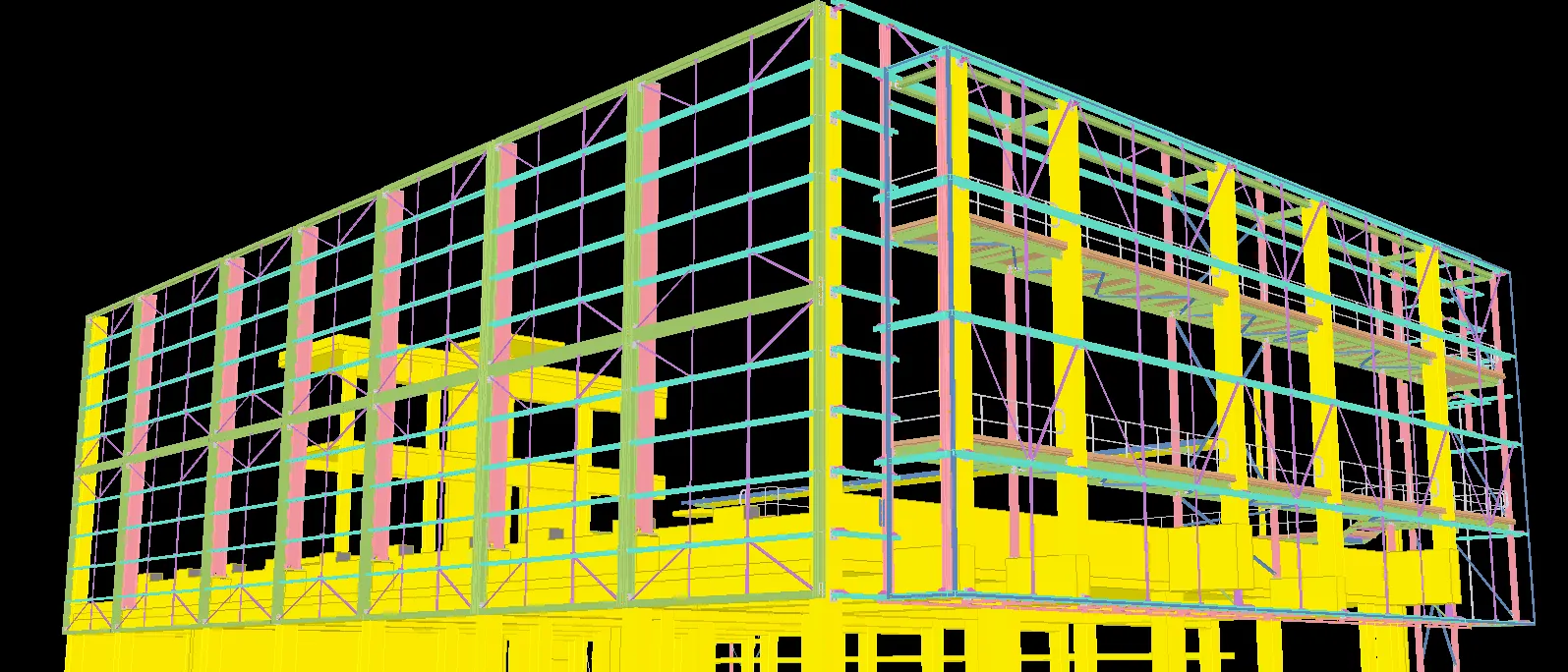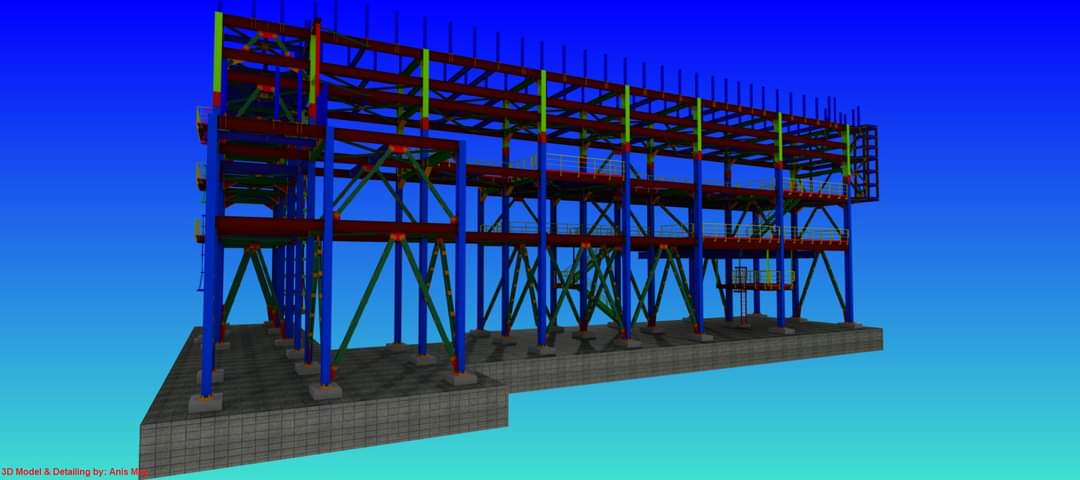Connection Design Services | Structural Steel Connection Design Services USA | Connection Design Company USA
The connection design service is a service that is generally provided by the structural engineer. The designer will be responsible for designing the connection in accordance with the design codes and other relevant standards. The structural steel connection drawings are drawings that illustrate how a structure is connected to the foundation, which includes all of the necessary information about how to construct it. The type of connections used will depend on the type of structures being joined together. There are three basic types: beam-beam connections, beam-column connections, and column-column connections. The beam-beam connections connect two similar beams together.
The beam-column connections connect one beam to a column, and the column-column connections connect two columns together. The following are examples of beam-beam and beam-column connection arrangements: Footings with Trench Footings Connected to Foundation: Connection Design Service Provided By Structural Engineer: Example of the Design Code for Footing Connections :Bracing for Underground Pipe Systems: Connection Design Service Provided By Structural Engineer: Example of the Design Code for Bracing Connections: Trench Footings Connected to Foundation: Connection Design Service Not Provided By Structural Engineer. Example of the Design Code for Trench Footing Connections:
The beam-column connections connect two columns together. The column-column connections connect two columns to each other. The connection design service is a service that is generally provided by the structural engineer. The designer will be responsible for designing the connection in accordance with the design codes and other relevant standards. A vertical connection is a connection between two columns that are orientated vertically. The length of the vertical connection will vary depending on the required height of the column spans. Connections can be made with either plate or welded construction, and for steel connections, this usually means that a square-edged angle is used to achieve a continuous plane of shear between adjacent plates. The height of the column spans is determined by the method used to connect the columns with each other and to the spandrels. Both techniques can be used: either two independently connected spandrel plates form a base, or one continuous plate is used as a base. In both instances, the connection to the spandrel plate should have a length equal to the span of the column, i.e. equal to one-half of the height.
The connection height is given by: formula_2where formula_3 is the horizontal distance between two columns, and formula_4 is either half or double of that distance, depending on whether a single spandrel plate or two separate ones are used. where formula 3 is the horizontal distance between two columns, and formula 4 is either half or double of that distance, depending on whether a single spandrel plate or two separate ones are used. The width of the column can be found by using a similar equation where h is given as: formula 5 where h is the height of the column. The calculations for the interior column are done by first solving for the height of a single plate and then multiplying that result by two to get the total height. The heights required for single plates are given in Table 1, and can also be calculated using half or double distances from a vertical column according to whether it is a single or double-decker building. Table 1: Height of a Single Plate Height of Plate in Feet Plate Height = 4 x Plate Height= 4 x 12 = 48 ft.

The structural steel connection drawings include the following information: – drawings of a typical connection for each type of structure being joined. – the location and size of all connections on the structure. – typical construction methods for each type of connection. – complete list of materials and suppliers needed to construct the project. – assembly diagrams that include pre-drilled holes and bolt lengths. – views of the completed project for each type of connection. The structural steel connection drawings include the following information: – drawings of a typical connection for each type of structure being joined. – the location and size of all connections on the structure. – typical construction methods for each type of connection. – complete list of materials and suppliers needed to construct the project. – assembly diagrams that include pre-drilled holes and bolt lengths.
Global Detailing Consultant Structural Steel Connection Design Services:
- Connection Design Services
- Structural Connection Drawings
- Structural Analysis
- Designs as per ASD, LRFD and IS Standards
- Stair and railing design (Engineering and stamped calculations for connections)
- Beam-Beam Connections
- Beam-Column Connections
- Column splice designs
- Moment, Axial, Bracing (Horizontal and vertical) and other lateral connections
- Complex Truss Connections
- Special connections per project requirement.
- Detailed Calculations along with Complete Report (Will also include every supporting Table, Connection Sketches, Mapping and Calculation Reports)
Structural Connection Design Engineering Capabilities:
- Commercial & Residential Buildings
- Architectural Buildings
- Industrial (Power, Chemical, Oil and Gas, Energy, Support Structures, Process Building
- Structural Renovations
- Miscellaneous
- Industrial Structures Revamping
- Complex commercial buildings
- Duct Work
- Industrial Platforms
- Pipe Racks
- Bridges
- Petrochemical Refineries
- Shopping Centers
- Trusses
- Parking structures
- Auditoriums
- Schools
- Hospitals
- Churches
- Malls
- Heavy Duty Equipment’s
- Stadiums
- Miscellaneous Steel
- Warehouses
The structural steel connection drawings include the following information: – drawings of a typical connection for each type of structure being joined. – the location and size of all connections on the structure. – typical construction methods for each type of connection. – complete list of materials and suppliers needed to construct each type of connection. – key dimensions- amount of force needed to maintain connection in tension and compression.
Structural Analyses are used to determine whether or not a structure has enough strength and stability to withstand certain loads or forces applied to it. Wall analysis is a structural analysis used to determine how well a wall resists lateral loads (such as earthquakes). These are external forces applied to the side of the building.


3 thoughts on “Outsource Connection Design Services | Structural Steel Connection Design”